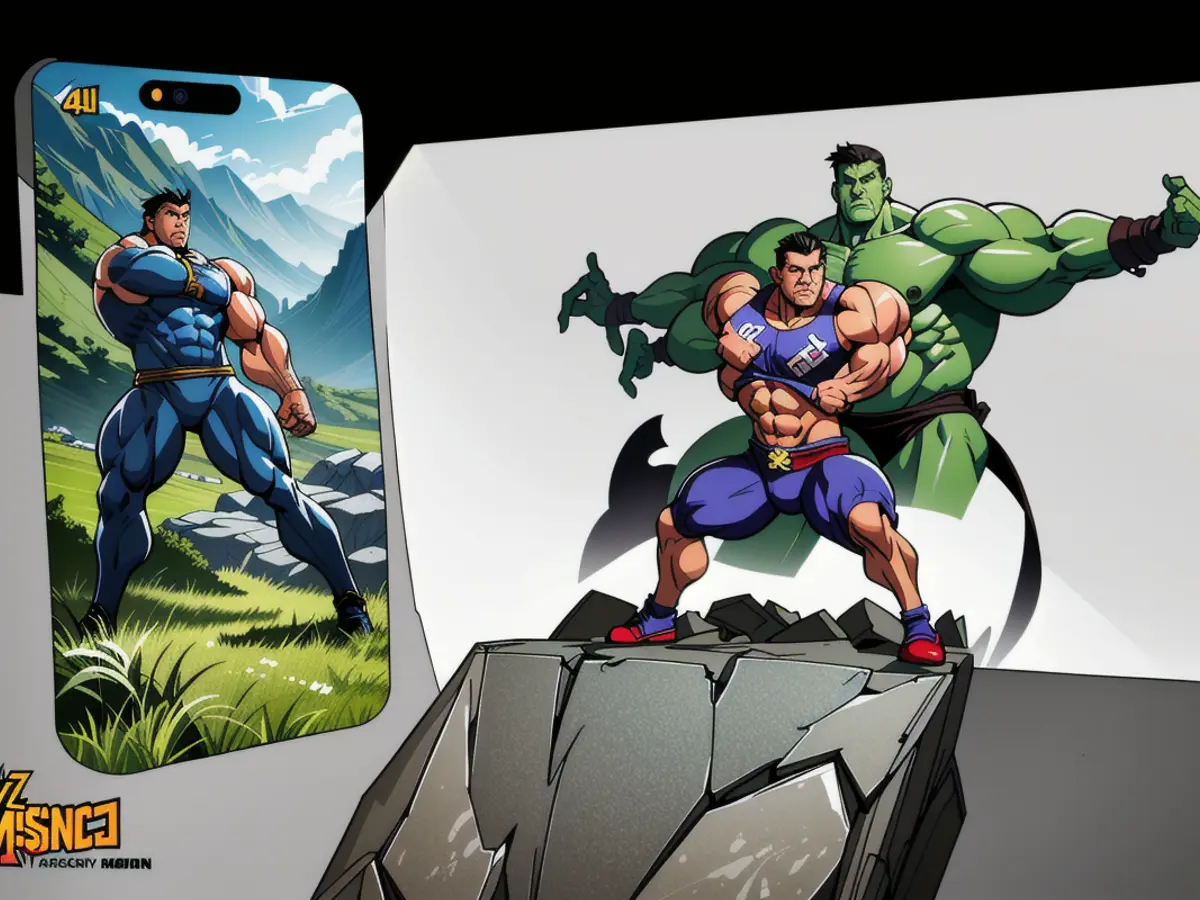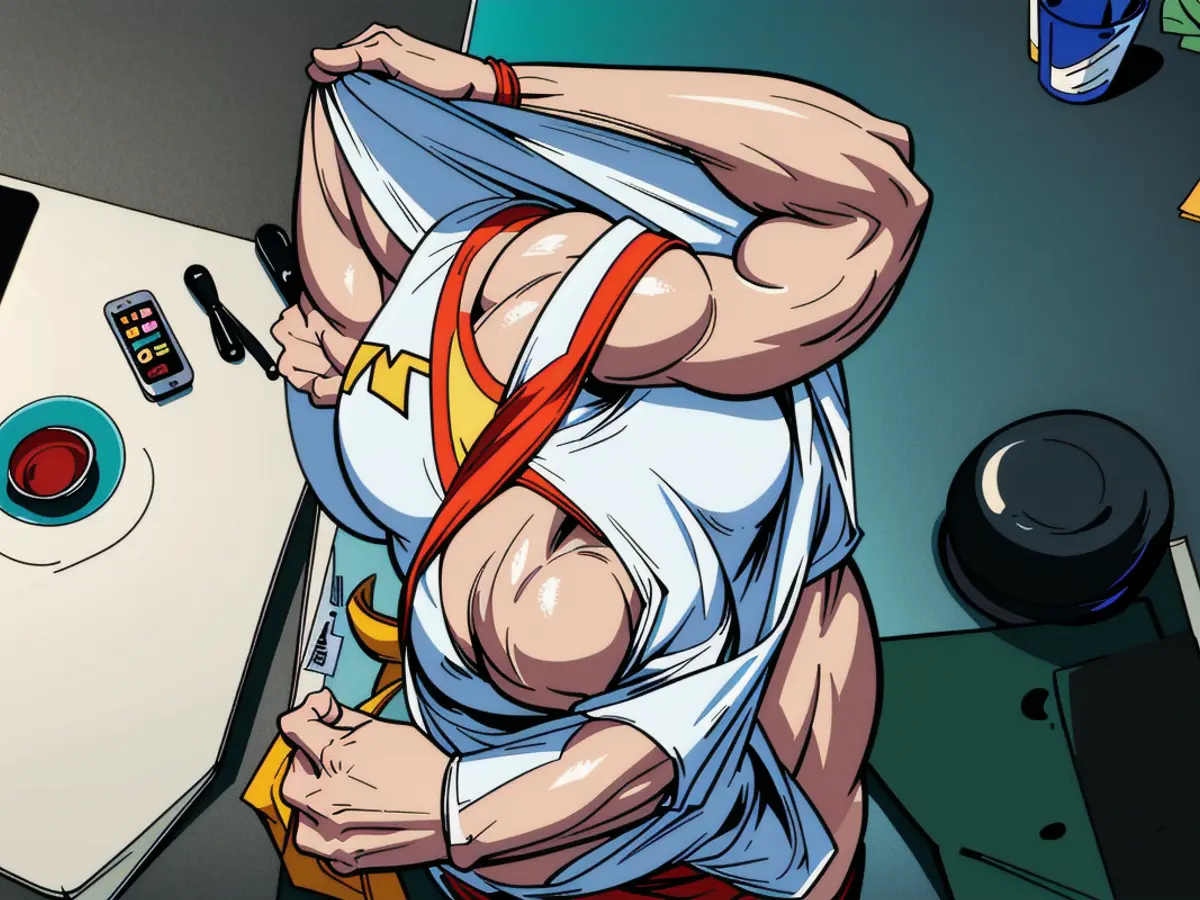Advanced Operating System for Apple Vision Pro Version 2 Signals GradualLeap Toward Technological Advancement
Dang, Apple's $3,500 Vision Pro AR headset still feels like a damn tech demonstration for something bigger, ya know? The current beta for visionOS 2 just proves Apple's still navigating uncharted waters. It's a better headset, sure, with new gestures that make it way more responsive and easier to navigate than before.
Now, you bottom-feeders scream about the lack of apps on the Vision Pro, but I think this device would really start to cook if Apple expands its usability with more typical Apple devices. Ain't no way "killer apps" sell hardware—cool applications might, but versatility keeps users from abandoning a pricey-ass device like the Vision Pro.
Gamers understand this shit: if you drop a few grand on a gaming laptop, you sure as hell better be able to do more than play Alan Wake II on high settings. I've been using Apple's AR headset for most of my daily tasks as long as my skull can support it. The updated Vision Pro feels snugger and more precise with its already-best-in-class hand and eye tracking. But I'm still waiting for more badass gestures beyond pinching and dragging that make me feel like I'm truly interacting with the VR space. We're not in the AR promised land, let me tell you.
The visionOS 2 update drops later this year, with no firm release date yet. Expect it to drop around September along with the anticipated iPhone 16, iOS 18, iPadOS 18, and macOS Sequoia.
visionOS 2: Making the Headset More User-Friendly
The current beta introduces some improvements that make it way easier to access those apps through gestures. Just hold open your hand, look at the icon that pops up, and tap it. Flip your hand over, and you can access the control center. Reminds me of that Meta Quest 3 shit. But still, it's a step in the right direction.
Many of the quality-of-life improvements help ease pain points when looking through the narrowed headset's field of view. It's now simpler to spot your keyboard if your hands hover near it while working in a spatial environment. You can also connect a first-or third-party mouse to the Vision Pro for easier navigation. With a Mac trackpad, it's easy-as-pie to navigate without gestures in most apps. If I'm huddled at my desk, I occasionally prefer it over tapping and swiping.
The next big change crucial for any household is treating the Vision Pro like a computer. Previously, you could set up a guest account for an additional user, but they'd have to go through the entire setup process every damn time they wanted to use it. Now, the Vision Pro saves that profile to unlock with your peepers. Just keep using it within 30 days of the last time you picked it up, and the primary account won't have to bother with all that setup crap again.
The new version of OS 2 still doesn't have promised features like the ability to blast your mirrored Mac display to a massive, curved screen equivalent to "two 4K monitors." It'd be dope if that happened in time for the first visionOS 2 release, but I won't hold my breath. Just remember that Spacetop G1 laptop and AR glasses combo that set you back $1,900. That thing doesn't require you to strap into a massive headset, but I'm dying to see what it looks like with AVP's micro-OLED displays.
visionOS 2: Changin' How You Roll with the Vision Pro
The small touches make a helluva difference when you want to use a massive, expensive AR headset like the Vision Pro. The Vision Pro now lets you rearrange your apps in the Home View and add non-AVP native apps to the Home View for easier access. That's something that should've been there from the get-go.
The increased usability is one thing, but Apple's been pushing spatial photos more with the new update. Just as promised, you can convert most photos into 3D-like Spatial Photos, especially when there's depth of field. I'll admit to a twinge of longing when I turned a photo of my dead friend's dog, Remus, into a 3D photo. His long snoot will be remembered forever, not just because I made it spatial, but because Remus passed away a few months ago.
There are a limited number of passive viewing experiences on AVP, and the headset has been getting more since its release. Apple seems to have put a lot of greenbacks into 180-degree productions like the immersive Wild Life series. Those short films are impressive for how intimate you feel with scenes of rhinos and elephants, though there are a measly seven Apple Immersive experiences available on the AppleTV app. Once you're done with 'em, you probably won't go back.
Reviewers made a big fucking deal out of the lack of Netflix or YouTube native apps on the Vision Pro at launch. The new beta introduces a big-ass picture mode for streaming on either platform full-screen through Safari. It generates the big window you see on native apps like Disney+ or Paramount+, and it looks decent even if you ain't technically achieving 4K visuals (which you wouldn't anyway unless you pay for subscriptions for both).
The Big Thing Apple Still Misses: Better iPhone Mirroring
Disney+ might have some specific VR environments for subscribers, but you can't use most of your apps like Apple's main environments. Some more recent games, including Warped Kart Racing, or diversions like Marvel Studios' What if?... and Synth Riders, are worth a shot, but a lot of titles are just 3D renditions of mobile games. You're better off streaming games or delving into nascent Vision Pro emulation for more substantial titles.
So, we inevitably come back to base utility. Apple's marketing this device as a computer, and that's clearly how it's intended to be used. It don't matter whether you're standin' up or sitin' down—you browse the internet, stream videos, and type out emails and Slack messages with a connected keyboard, and that's essentially everything you do on your Mac. As if to crank up the frustrations, I couldn't imagine using the Vision Pro without the ability to mirror my Mac screen.
macOS Sequoia lets users mirror their iPhone on the screen and control it with the Mac cursor. This already works well in beta form. Macs have gotten easier to use on AVP. The same can't be said for iPhones. With visionOS 2, you can mirror your iPhone to the headset once you enable AirPlay Receiver in AVP settings. But you still can't control the phone this way, and the headset makes it impossible to use your schnozz to unlock it.
I'm chomping at the bit for the wraparound Mac mirror display on AVP. Once that's in the picture, it'll make a significant difference in how users can get more out of their headsets—so long as they stay within the warm confines of Apple's Walled Garden. Imagine, then, if Apple did the same thing with iPhone or iPad. What if it boosted the usability of your other Apple devices? That sounds like something an Apple fanatic could get behind—all at a much more affordable price point.
Update 08/19/24 at 3:21 p.m. ET: This post was updated to clarify the nature of Apple Immersive Video. The video is 180 degrees of vision, not virtual reality.
- The Vision Pro AR headset feels more like a demonstration for a future vision, with Apple's visionOS 2 still navigating uncharted waters.
- Prolific gesture improvements in the updated Vision Pro could potentially tap into the full potential of the device, going beyond pinching and dragging.
- The September release of visionOS 2 is anticipated to coexist with the iPhone 16, iOS 18, iPadOS 18, and macOS Sequoia.
- Inadequate iPhone mirroring capability remains a significant issue for the Vision Pro, despite macOS Sequoia enabling Mac mirroring on the headset.
![Advanced Apple Innovation: Vision Pro with Compatible Mac Keyboard Kyle Barr's Screenshot for Gizmodo: Unveiling [Subject/Item/Event] Details](https://techpulse.top/en/img/2025/03/22/865719/jpeg/4-3/1200/75/apple-vision-pro-mac-keyboard.webp)







